
.png)
Non-destructive testing (NDT) of bonded assemblies
(SealedwithoUTaKiss)
Funding scheme: Clean sky 2 (AIR)-03-02-831882
.jpg)
Participants: GMI Aero, TWI, BRUNEL University
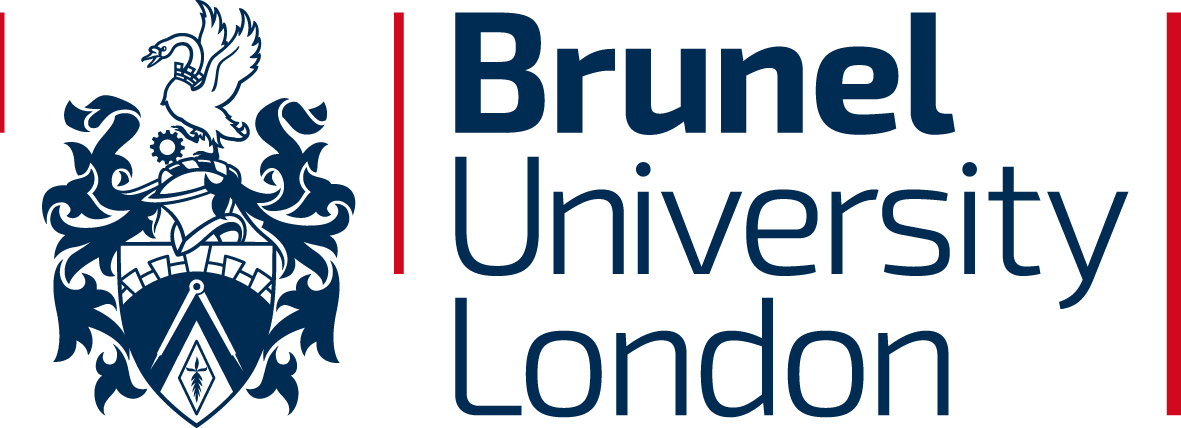
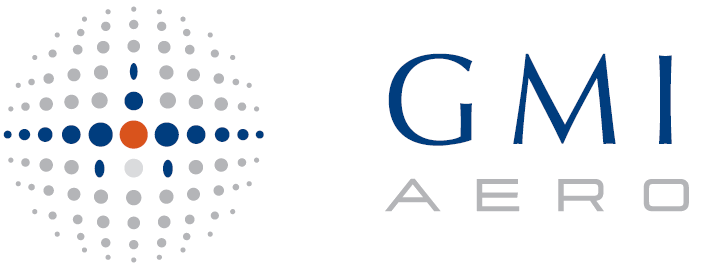
.png)
Topic Manager: Dassault Aviation
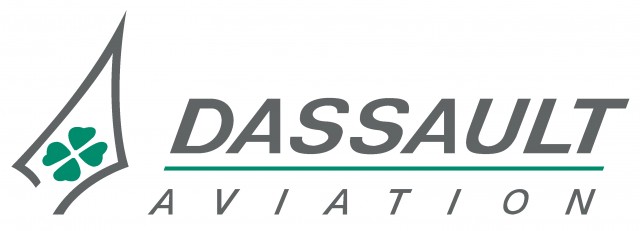
Avec la croissante demande de matériaux composites sur les avions (plus de 50% de composites sont utilisés sur les nouveaux modèles), la croissance des flottes de transport aérien à travers le monde (augmentant à 5,65% CAGR), la hausse du marché des opérations MRO (augmentant à 4,4% CAGR d'ici à 2020) et les défaillances structurelles étant la deuxième cause la plus fréquente d'incidents d'aéronefs (16,5% des incidents), il est évident que l'industrie aérospatiale a besoin d'une solution d'inspection fiable et rentable pour les matériaux composites et les assemblages hybrides collés, en particulier pour les kissing bonds et autres défauts structurels difficiles à identifier.
A kissing bond is a defect where two surfaces are partially bonded or de-bonded, but still, touch or are in very close proximity. A kissing bond is also considered as a zero-volume dis-bond offering reduced shear strength. Although the reasons behind these defects are not clearly known, poor adhesion, environmental degradation, or impact damage are considered to be some common causes. A defect of this kind cannot be observed/detected macroscopically, and because of their intimate contact, its detection using non-destructive techniques (NDTs) is more limited than that of conventional defects. It is important to devise a technique to detect these defects because, use of adhesives and adhesive joints is gaining importance in industries such as automobile, aerospace, defense, etc. The presence of these defects in bonded joints leads to catastrophic failure due to the nature of the defects. Destructive tests however detect these defects accurately but are not applicable on in-service assets.
SealedwithoUTaKiss présente des techniques d'inspection CND, y compris un démonstrateur TRL6 de choc laser et d'ondes guidées par ultrasons pour la détection fiable des défauts structurels dans les assemblages collés (comme les kissing bonds) avec une grande précision. Le projet mettra en œuvre des tests d'adhérence mécanique et une analyse expérimentale comparative de différentes techniques CND, ainsi que l'identification de différents défauts dans divers assemblages hybrides collés. Notre solution permettra la mise en œuvre fiable et généralisée d'assemblages collés dans l'industrie aérospatiale en utilisant une combinaison de méthodes CND, d'inspection de processus en ligne et d'essais mécaniques pendant le processus de fabrication.
More specifically, to create the kissing bonds, white grease has been used to induce kissing bond defects in the bonded joints. The bonded joints were then tested with ultrasonic probes to check if the bonded joints with defects can be identified. Upon confirming that ultrasonic scanning cannot detect the defects, the samples are subjected to mechanical testing (destructive testing). Defective-samples failed at a load less than 20% of the load at which reference-samples failed in the mechanical testing. Thus, it is concluded that the creation of bonded joints with kissing bond defects is successful. A protocol has been documented on the procedure of inducing kissing bond defects in bonded joints. Later, advanced NDT methods namely :
(i) Guided waves NDT
(ii) Laser shock have been explored and optimised for the detection of kissing bonds.
Time signals of the test sample are obtained in both the experiments. Power spectrum analysis (Time-frequency analysis) is used to analyse the time signals. Power spectrum of the time signal is identified as the feature indicative of kissing bonds. It has been found that both UGW and laser shock are effective at detecting kissing bonds in bonded joints. Results obtained using both methods show a specific trend of frequency shift of the highest peak which differentiates reference-samples from defective-samples.
Pour réaliser les objectifs énoncés, SealedwithoUTaKiss rassemble différentes entités ayant de solides expertises dans plusieurs domaines :
- Les matériaux composites, des matériaux hybrides collés, la création de kissings bonds et de la fabrication de composants aéronautiques avec GMI Aero
- Le développement d'algorithmes de choc laser, d'inspection en ligne et de détection des défauts avec Brunel University
- Les techniques CND, ondes guidées par ultrasons, essais mécaniques et adhésifs lors du collage avec TWI.
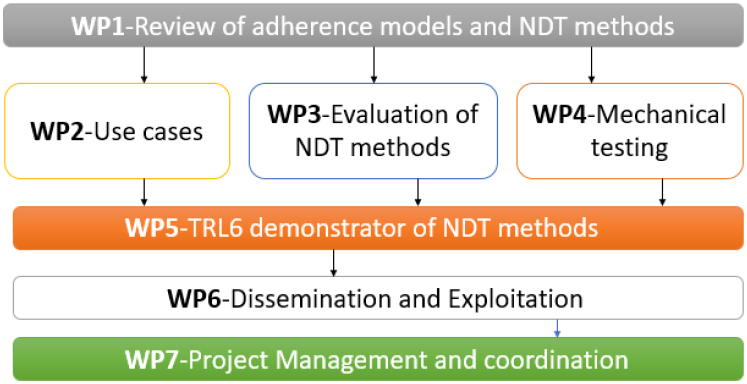
SealedwithoUTaKiss donnera à l'industrie aéronautique européenne un avantage technologique et concurrentiel face à la croissance du besoin d'identification des assemblages collés sur les avions. Grâce à cela des avions plus légers avec des performances améliorées, une meilleure efficacité énergétique, des coûts inférieurs et des opérations de vol écologiquement efficaces pourront voir le jour.
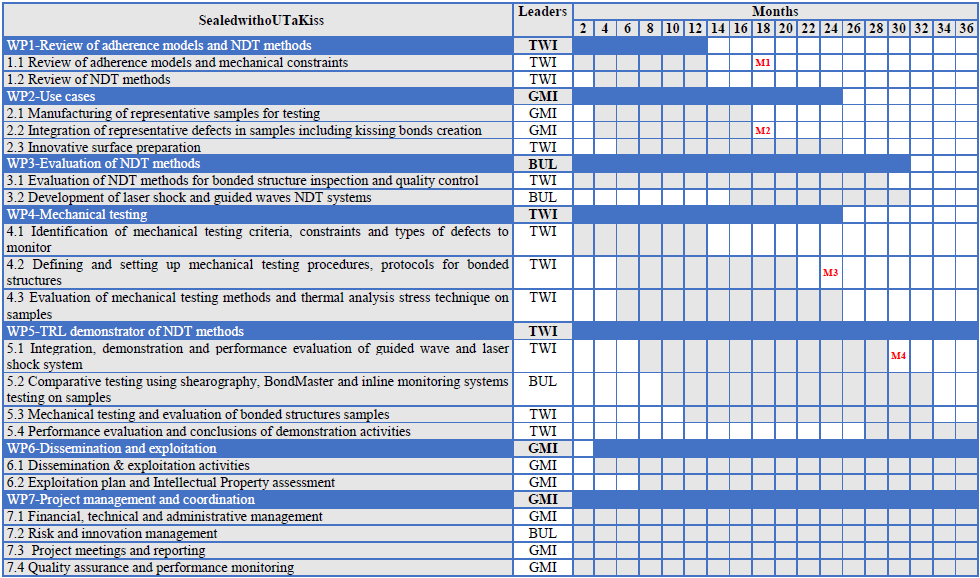
Page du Projet - Brunel Page du Projet - TWI
The main WP1 objective was to review micro/macro scale models of adherence and cohesion for use cases covering main types of bonded assemblies. To this end, review of adherence models and mechanical constraints and review of NDT methods was performed. The main WP2 objectives were to provide use cases composed of a representative set of coupons and few assembled parts and propose innovative surface preparation and control. Among methods tested, the use of “White Grease” as contamination could better meet the defined "kissing bond" criteria. A special kissing bond creation protocol has been thus issued, further to extensive testing of all candidate contamination methods. WP3 objective was to study and evaluate the NDT techniques for bonded structures, including laser shock and guided waves. Since the beginning of the project an extensive literature survey was carried out and a report on evaluation of all the NDT methods has been prepared. Further to this, different NDT methods were analyzed and evaluated for different bonded structure cases and manufacturing processes, in order to identify the most suitable NDT system to be tested for validation. Criteria of inspection and quality for each bonded assembly and respective manufacturing process were established and different NDT techniques were evaluated as per defined criteria, while the accuracy of different types of defects detection was established. Finally, the design and development of laser shock and guided wave NDT system and testing of manufactured representative use cases and samples provided by the TM was performed. WP4 involved the identification of mechanical testing criteria to be used for evaluating the mechanical performance of different adhesively bonded structures. There-in mechanical testing was conducted following procedures/protocols developed for each adhesively bonded structure, resulting “Mechanical testing demonstrators” and “Mechanical testing process and criteria” deliverables. Two complex assemblies have been selected as demonstrators, i.e. a stiffened panel and a repaired panel, which were provided by the TM and treated by project Partners. In WP5 a TRL6 demonstration of selected NDT techniques has been enabled for representative cases of bonding, while mechanical testing and evaluation of bonded structures samples and demonstrators has followed. WP6 included the dissemination and exploitation activities of the project, as well as actions related to maximization of its impact, also focusing towards dissemination of outputs in the specialist industrial and academic communities that can benefit from the developments in SealedwithoUTaKiss project. Finally, WP7 included all the project coordination and management activities. Despite the COVID-19 obstacles and related travel restrictions, the SealedwithoUTaKiss Consortium, with the continuous support of the TM, managed to timely conclude the project, performing all related activities.
Creating resource efficient transport that respects the environment. Clean Sky 2 must finish the job of achieving the ACARE SRA goals as set for 2020: The SealedwithoUTaKiss project proposed NDT techniques will result in cost-effective, safe and reliable aircraft components manufacturing using adhesives. Ensuring safe and seamless mobility. New concepts will allow the air transport system to meet the mobility needs of citizens: more efficient use of local airports, faster connections, and reduced congestion: Machine learning application and accurate aircraft performance modeling as proposed in SealedwithoUTaKiss will allow safe and seamless mobility of aircraft as different defects and mechanical parameters will be analysed and verified to ensure zero defects in bonded structures and aircraft components.
Building industrial leadership in Europe. Clean Sky 2 will help protect and develop highly skilled jobs within European aeronautics and its supply chain, including academia, ROs and SMEs; against a backdrop of significantly increased global competition: 3 Partners of the SealedwithoUTaKiss project including GMI, TWI and BUL have strong background, knowledge and publications in the area of adhesively bonded structures NDT and mechanical testing. The solutions developed will allow GMI to commercialise a new service and developed NDT systems in the project as commercial products and solutions, thus enhancing the aeronautical competitiveness of EU through an SME for a potential sector.
Smart answers to market demand: systems and equipment must increase their intrinsic performance to meet new aircraft needs without a corresponding increase in weight and volume: kW/kg, flux/dm3 are key indicators of systems innovation: The SealedwithoUTaKiss solution will directly answer market needs, as adhesively bonded structures allowing high reliability will offer an alternative to bolts and rivets in aircraft structures thus, will significantly reduce weight and ultimately fuel of aircraft resulting in meeting future needs of economical and efficient aircraft operations. In addition, the systemic improvements initiated by SESAR and NextGen will call for new functions and capabilities for environmental or performance objectives, but also for flight optimization in all conditions, flight safety, crew awareness and efficiency, better maintenance, reduced cost of operations and higher efficiency: Reduction of weight due to use of fewer rivets and bolts and more adhesively bonded material will allow improvement in flight operation due to a lightweight structure, higher performance, better maintenance and high efficiency.
For sales development a fundamental parameter is that the MROs will have to address this growing market challenge through enlarging their capability in repair of composite materials. Composite repair has developed during last twenty years on aircraft having up to 20 % of composite structure only and not on primary structural parts. Today, the B787 is already fully operational while the A350 will be soon in the hangars of customers. These aircraft have more than 55 % of composite structures, considering that even their fuselage is in composites, which means that a much greater number of composite repair requirements will be expected. But the B787 and the A350 are not the only ones.
It comes out from the survey performed that a new era opens for Advanced Composite Structure Repair in Workshop as well as in Flight Line (repairs on the aircraft itself between two flights), that will necessitate new technologies and training services, so that the technical services will be in position to face the new challenges dealing with the damages in complex structures, potentially including “kissing bonds”. Engineers and technicians responsible for such operations are conscious that up to now their teams have been practicing on simple secondary structures. How to reliably and efficiently detect “kissing bonds” and then repair complex structures like a panel of a fuselage, a new radome, very large areas on an engine internal part appear challenging. Also in terms of facility equipment, lot has to be done for certain MROs. The volume of works will call for more equipment specifically developed and adapted to new detection and repair processes.
Reviewing the above mentioned data, it can be confirmed that the innovative technology and methodology developed within SealedwithoUTaKiss are absolutely relevant from a commercial point of view and present a much better cost vs. performance ratio (value for money) compared to state-of-the-art and competitive approaches/products. This gives to SealedwithoUTaKiss Partners a 2-3 years advance compared to competition, should any similar products be developed. Considering the rapidly growing volume of composite materials on modern aircraft (A350, B787 etc.) and the increasing need for repairs of the older ones, it is expected that SealedwithoUTaKiss innovative solutions will achieve a very wide range of application, ensuring their commercial viability, while assisting GMI and SealedwithoUTaKiss Partners in keeping its leading role in this technological area and increasing its market share. Manufacturers and repair centres using innovative GMI solutions will be provided with a very important advantage compared to competition, in terms of range of available solutions, cost efficiency and performance. In a similar manner, TWI and BRU will be able to innovative NDT propose services mainly to the aeronautical industry concerning the detection of kissing bonds. Such services would not only include performance of tests for third parties, but also training and consulting activities, thus maximizing the impact of the project for both entities.
DELIVERABLE 2.1 DELIVERABLE 3.2 DELIVERABLE 6.1 DELIVERABLE 6.3 DELIVERABLE 6.4